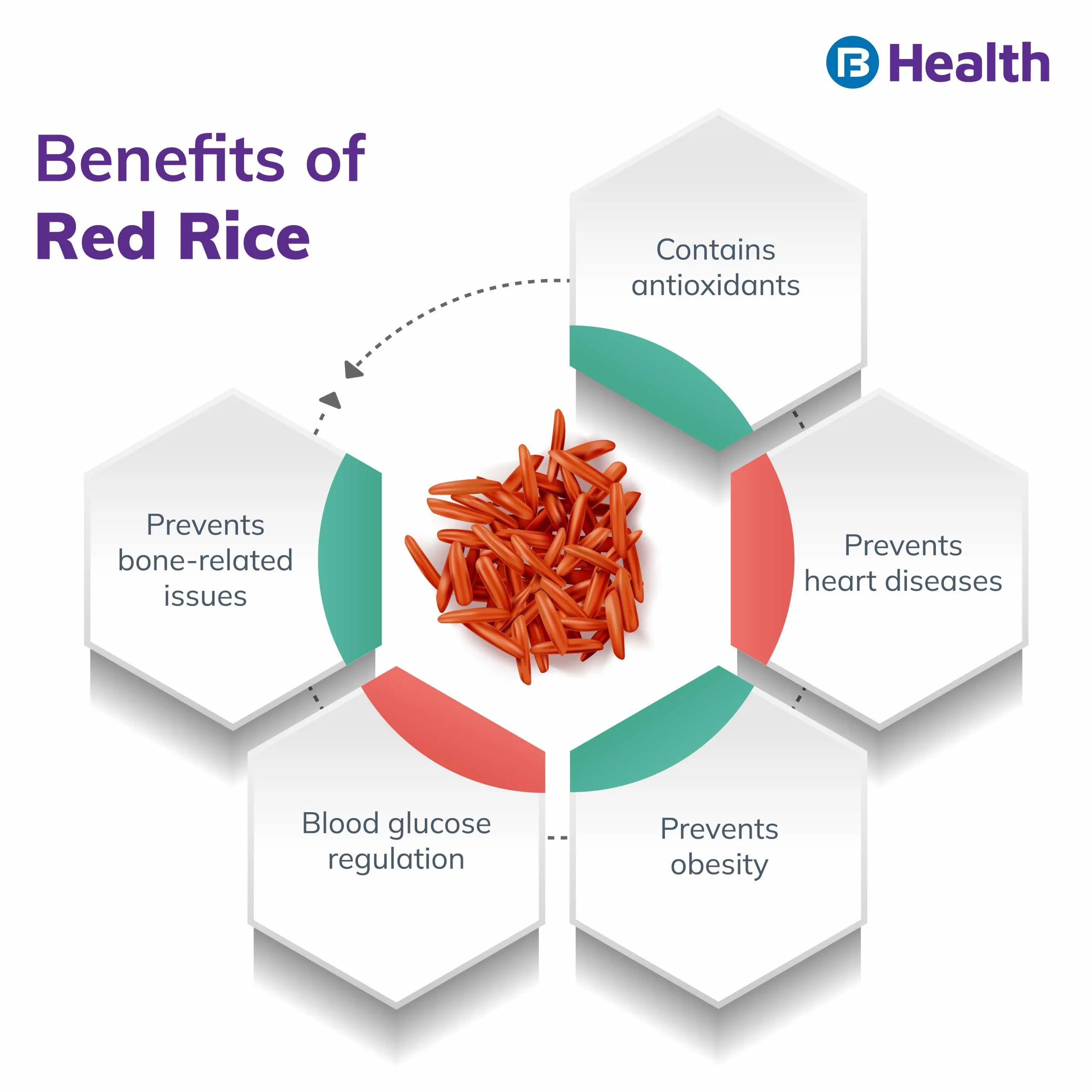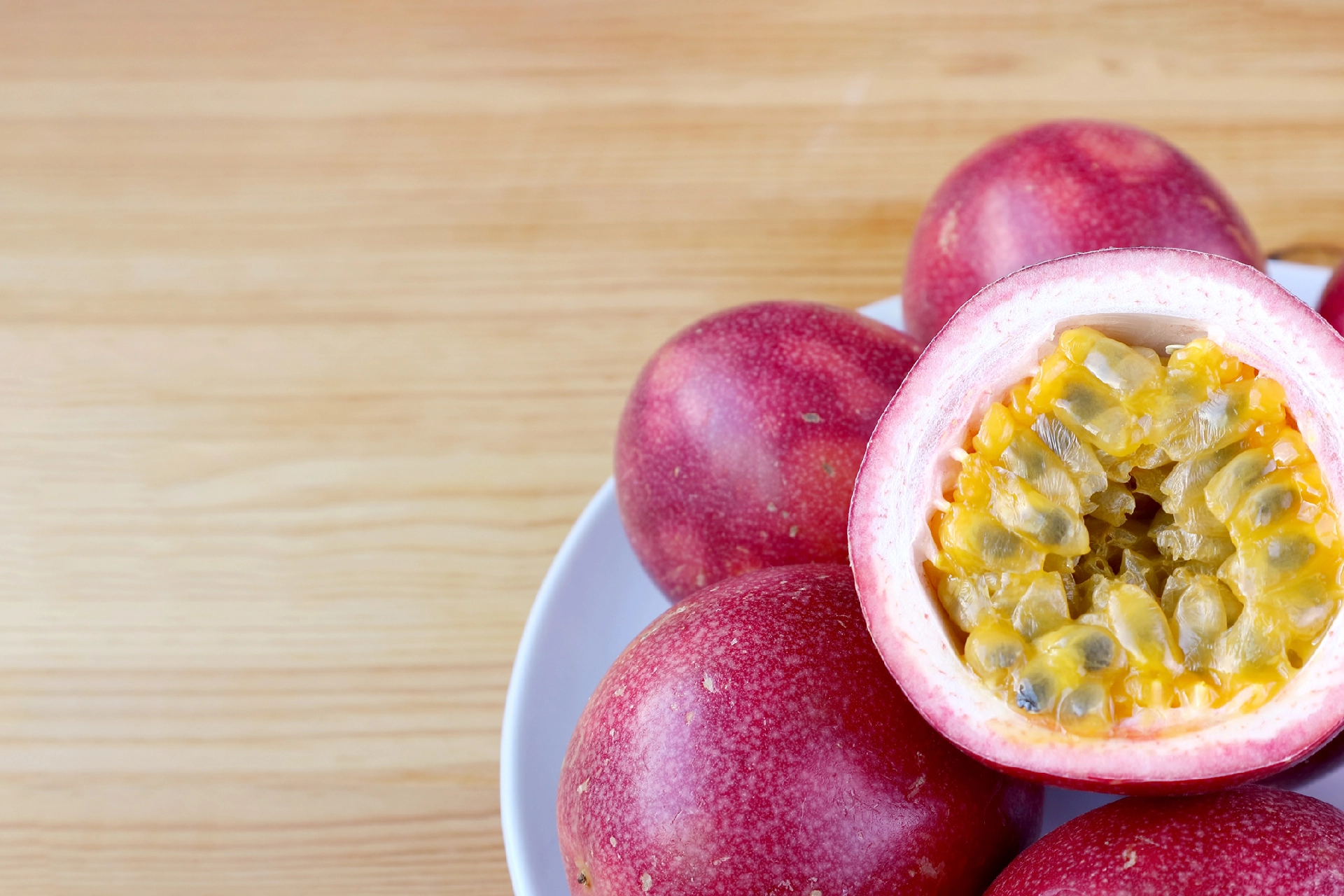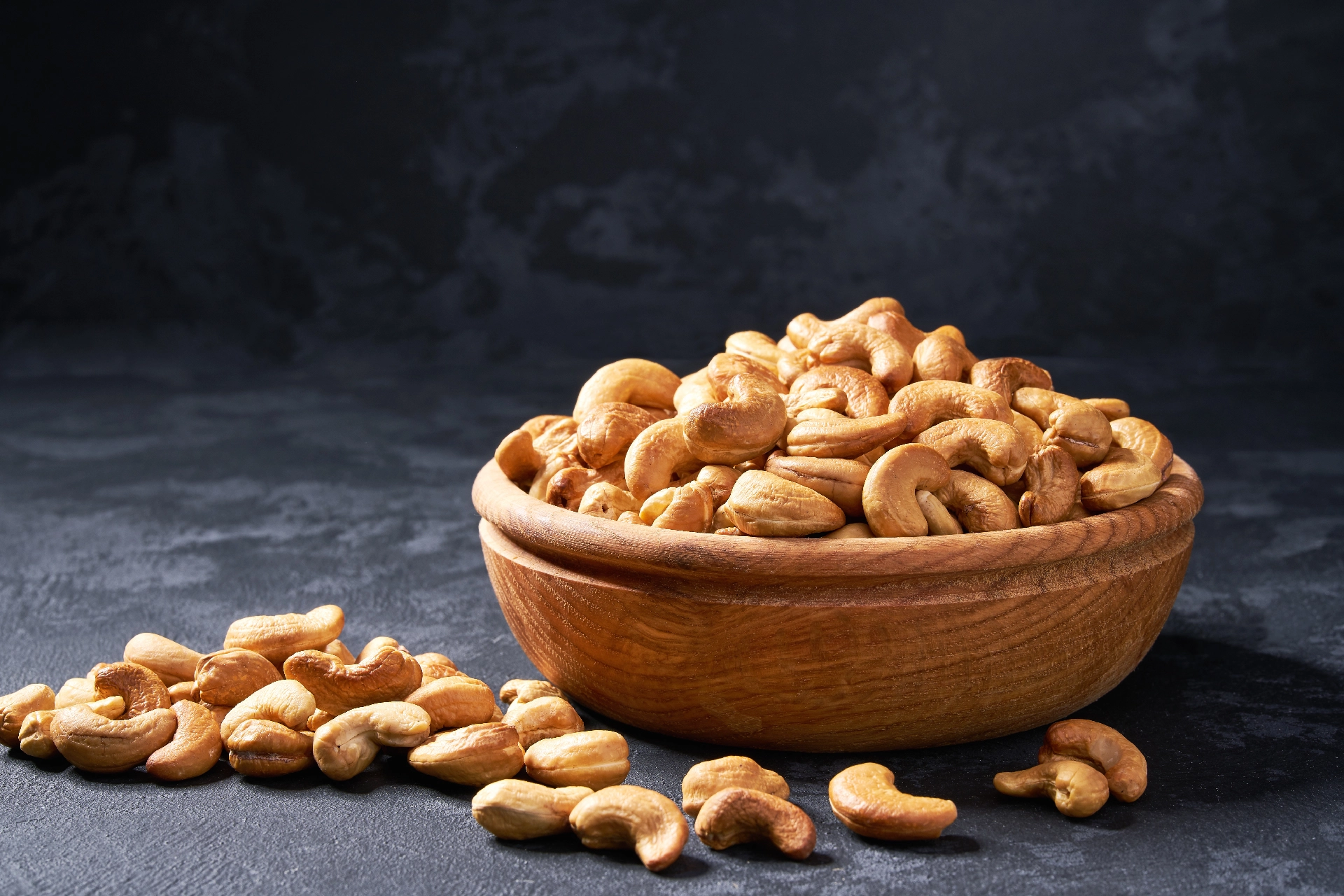General Physician | 6 min read
Red Rice Benefits: Nutrition Value, Side Effects, and Recipes
Medically reviewed by
Table of Content
Synopsis
Including red rice in your diet can lead to the addition of various nutritional values into your diet. It is best for preventing major diseases like heart attack and arthritis.
Key Takeaways
- The best replacement for your normal rice is its added nutritional value
- Red rice works to prevent several severe diseases like cardiovascular diseases and lowers obesity
- Easy to prepare and contains no major side effects on the body
There are thousands of varieties of rice on earth, and rice seems to be the most beneficial in terms of the health benefits that it offers. Red rice is one of the purest types of rice available. It is a preferred substitute for traditional white rice eaters seeking a more nutrient-dense and healthful diet. Long and grainy rice has a reddish tint from the pigment anthocyanin, which is water soluble. Red rice, available in full- or partly-hulled varieties, has a nutty flavor and a higher nutritional value than polished rice.
In Ayurveda, it is referred to as Rakthashali, but in Kerala, where it is most frequently consumed, it is frequently called Matta rice, Kerala red rice, or Palakkadan Matta rice.
Nutritive Value of Red Rice
Red rice's nutritional value makes it a great staple food. In red rice, antioxidants are present to combat free radicals. When Vitamin B6 is present, it can lower high cholesterol, prevent heart disease, and lower blood sugar. It reduces the risk of obesity, aids in the treatment of asthma, is enriched with potent antioxidants, is healthy for your bones, and is high in fiber.
Red rice has a significantly higher nutritional content than white or polished rice. It includes calcium, iron, and vitamins B1, B2, and B12. It is a high-fiber food. Due to its high nutritional content, it is suggested for diabetic and hepatic patients.
Additional Read: 5High Fiber Foods for DiabeticsBenefits of Using Red Rice
Red rice benefits are that it can be consumed independently or in various combinations with other foods. Whether consumed alone or in combination, it offers a lot of nutritional value. The following are five benefits that encourage the adoption of red rice in one's diet.
1. It Contains Antioxidants to Counteract Free Radicals
Manganese and iron are both abundant in red or brown rice. In addition to being an essential component of the enzyme that helps the body produce energy, manganese, a constituent of it, also functions as an antioxidant to protect the body from free radicals created when energy is produced. Furthermore, red/brown rice is a zinc-rich food, a mineral that can hasten wound healing and keep the body's defense mechanisms working properly. Zinc contains a lot of antioxidants that protect the body from free radicals that can harm tissues and cells, just like iron or manganese do.

2. It Can Help Prevent Heart Disease
Normal rice is a risk factor in causing various heart diseases in a person's body. Increased blood levels of low-density lipoprotein (LDL) lead to plaque buildup in the artery walls. This condition reduces the diameter of the arteries and may obstruct the coronary artery, which becomes the cause of a heart attack. It works by reducing the LDL level in the body, thus lowering the risk of cardiovascular diseases.
When your LDL is controlled, your heart health also improves. It reduces the chances of contracting cardiovascular problems. It eliminates the fatal impact of heart-related problems.
Additional Read: Top Zinc-rich Foods3. It Lowers The Risk Of Obesity
Red rice will aid in reducing your appetite and may make you feel fuller for an extended period. Additionally, red rice aids in digestion and gives your body energy. There is no fat whatsoever in red rice. You probably already know that eating a lot of fat increases your risk of becoming obese.
It has been demonstrated that people who regularly eat red rice have a lower risk of becoming obese than those who regularly eat normal rice. Eating red rice might ease your weight loss efforts if you're trying to shed a few extra pounds.
Even small amounts of red rice have amazing weight-loss effects. It promotes weight loss, keeps you full for a long time, and enhances digestion. Since this rice can be used for lunch and dinner and contains zero fat, it is a fat-free main dish. Red rice has a lower amount of carbohydrates after cooking than other rice varieties and is safe to eat without worrying about gaining weight. So, indulge without concern for weight gain and enjoy it to the fullest.
4. It Can Support Blood Glucose Regulation
Red rice is highly recommended for diabetic patients because it is high in antioxidants and manganese. Red rice is for you if you like rice but cannot eat it because of diabetes risks. Red rice is very effective at regulating blood sugar levels because it has a low glycemic index. Red rice contains substances that control insulin production, reducing your risk of developing diabetes. Cook it with vegetables to prepare a delicious meal.

5. It Prevents Arthritis and Ensures Cardiovascular Health
Red rice contains two essential nutrients, calcium, and magnesium. Red rice increases bone density and guards against bone-related illnesses. Relatedly, red rice guards against osteoporosis and rheumatoid arthritis. Red rice aids in cholesterol reduction.
Red rice is a fantastic choice if you want to shed some pounds without sacrificing your strength. Due to the significant amounts of calcium and magnesium present, it is highly advised for people in their forties and fifties to eat red rice as it aids in preventing the onset of arthritis, osteoporosis, and other bone-related disorders.
Recipe for Red Rice
Due to the thick, long, and grainy texture, cooking it can take a little longer. How to cook it to perfection is provided here. The following is the red rice recipe for your home.
1. When Using a Saucepan
First, wash the red rice and let it soak for ½ an hour. The ratio between the cups of water and red rice should be kept at 2 to 3, and then you should let it boil. The rice should be added and cooked on a medium flame with the lid on. Every five minutes, continue to stir and fluff the mixture. The rice's complete cooking duration will be between 30 and 40 minutes.
2. When Using a Pressure Cooker
Wash the red rice, then soak it for half an hour. 2 cups of water and rice should be placed in a pressure cooker. 5-6 whistles on a medium flame, then turn off the stove. To fluff the rice, wait until the steam has released before opening the lid.
In addition to serving as a substitute for brown rice in our daily diet, red rice can be used in kheer and salads. It can be used frequently for idli, appam, and dosa. Red Matta rice's intensely earthy flavor pairs superbly with lamb, beef, or goat meat.
Side Effects of Using Red Rice
Despite its numerous benefits, red rice does have some side effects. These side effects include gastrointestinal problems like gas development, bloating, or stomach aches. To ensure the efficient use of red rice and limit its adverse effects, one should get a doctor's consultation and take the required medications when the side effects emerge.
Certainly, red rice is the best replacement for your normal rice. It can add several nutritional values to your diet, making you and your family healthy and rich in vitamins and nutrition. It can also help you fight skin infections and gives you a candida diet plan.
Explore the diet that has also been vouched for by Ayurveda has been supported by general physicians and has been adopted by families across the globe. The combination of nutritional value and ease of preparation has become a choice for many families worldwide. To get more information about the proper use of red rice in your diet, visit Bajaj Finserv Health.
References
Disclaimer
Please note that this article is solely meant for informational purposes and Bajaj Finserv Health Limited (“BFHL”) does not shoulder any responsibility of the views/advice/information expressed/given by the writer/reviewer/originator. This article should not be considered as a substitute for any medical advice, diagnosis or treatment. Always consult with your trusted physician/qualified healthcare professional to evaluate your medical condition. The above article has been reviewed by a qualified doctor and BFHL is not responsible for any damages for any information or services provided by any third party.





